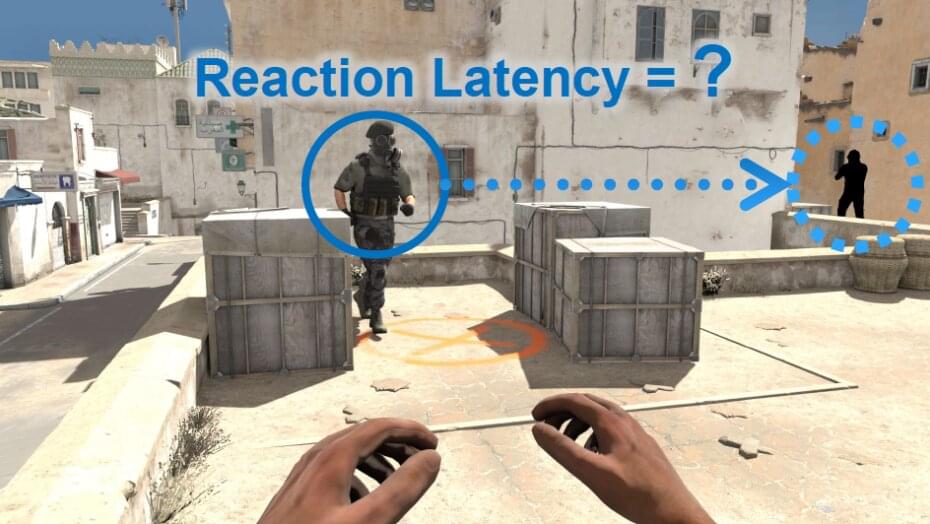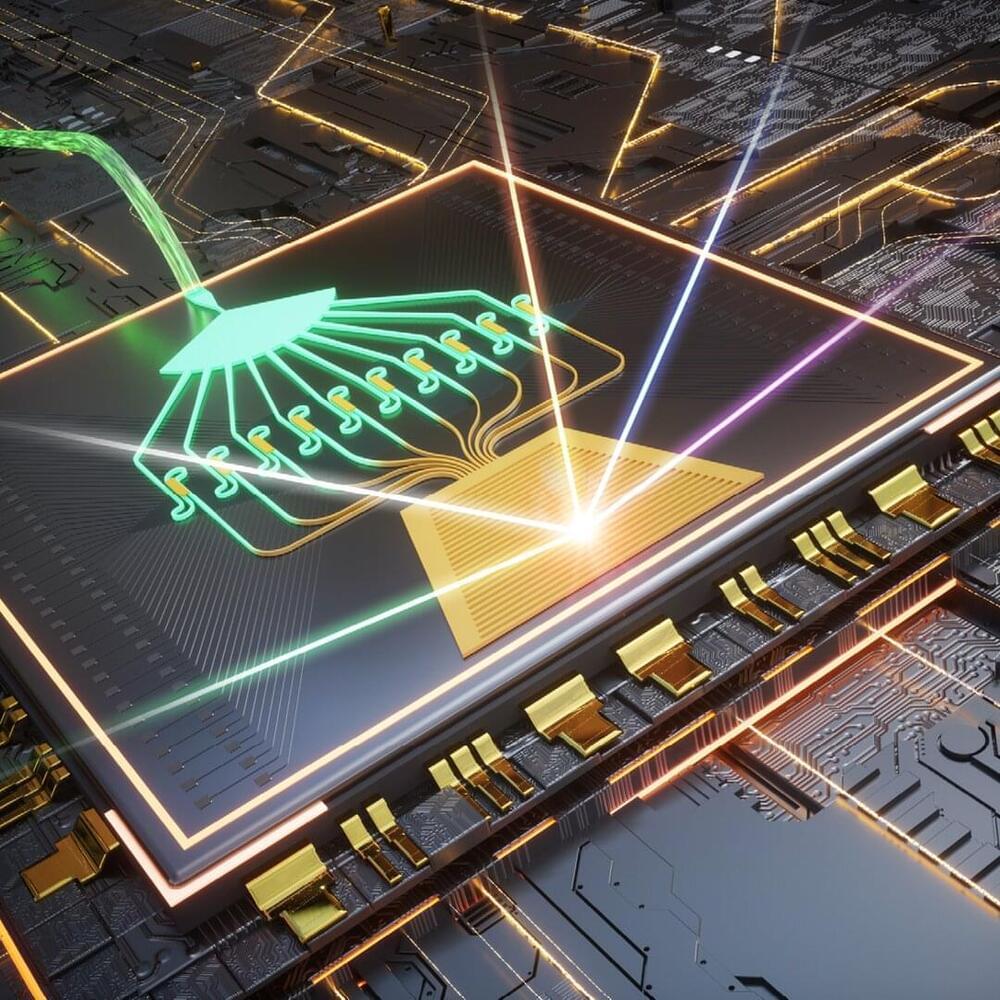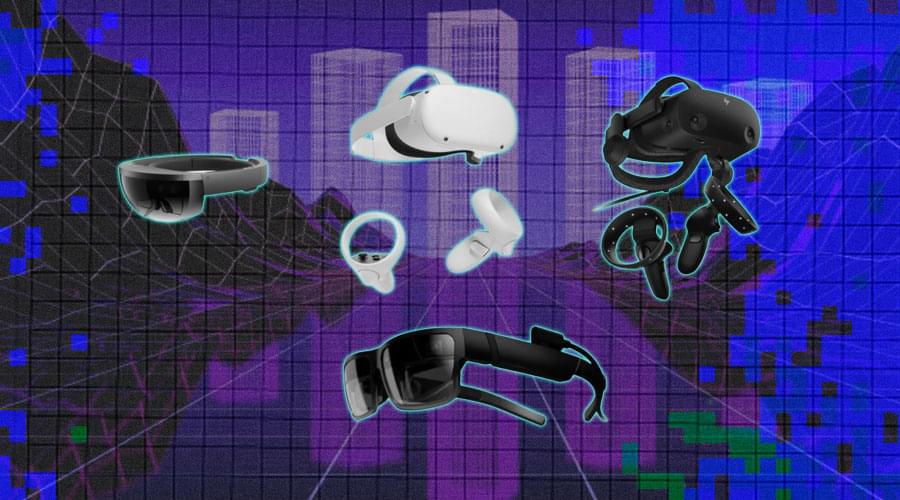Lex Fridman Podcast full episode: https://www.youtube.com/watch?v=I845O57ZSy4
Please support this podcast by checking out our sponsors:
- InsideTracker: https://insidetracker.com/lex to get 20% off.
- Indeed: https://indeed.com/lex to get $75 credit.
- Blinkist: https://blinkist.com/lex and use code LEX to get 25% off premium.
- Eight Sleep: https://www.eightsleep.com/lex and use code LEX to get special savings.
- Athletic Greens: https://athleticgreens.com/lex and use code LEX to get 1 month of fish oil.
GUEST BIO:
John Carmack is a legendary programmer, co-founder of id Software, and lead programmer of many revolutionary video games including Wolfenstein 3D, Doom, Quake, and the Commander Keen series. He is also the founder of Armadillo Aerospace, and for many years the CTO of Oculus VR.
PODCAST INFO:
Podcast website: https://lexfridman.com/podcast.
Apple Podcasts: https://apple.co/2lwqZIr.
Spotify: https://spoti.fi/2nEwCF8
RSS: https://lexfridman.com/feed/podcast/
Full episodes playlist: https://www.youtube.com/playlist?list=PLrAXtmErZgOdP_8GztsuKi9nrraNbKKp4
Clips playlist: https://www.youtube.com/playlist?list=PLrAXtmErZgOeciFP3CBCIEElOJeitOr41
SOCIAL:
- Twitter: https://twitter.com/lexfridman.
- LinkedIn: https://www.linkedin.com/in/lexfridman.
- Facebook: https://www.facebook.com/lexfridman.
- Instagram: https://www.instagram.com/lexfridman.
- Medium: https://medium.com/@lexfridman.
- Reddit: https://reddit.com/r/lexfridman.
- Support on Patreon: https://www.patreon.com/lexfridman




